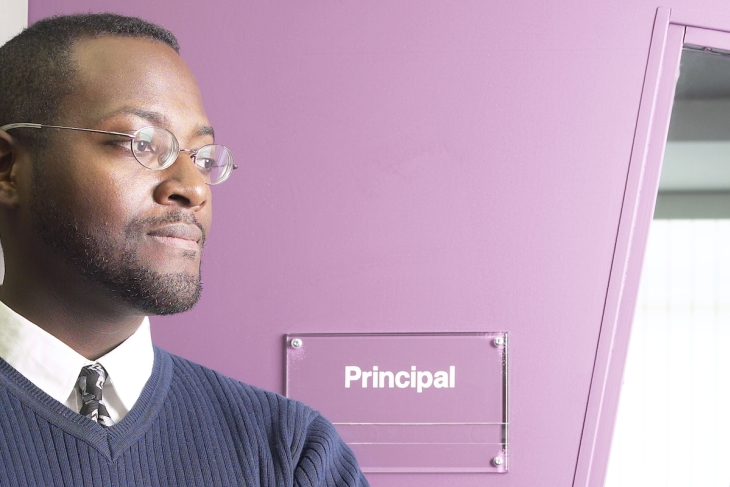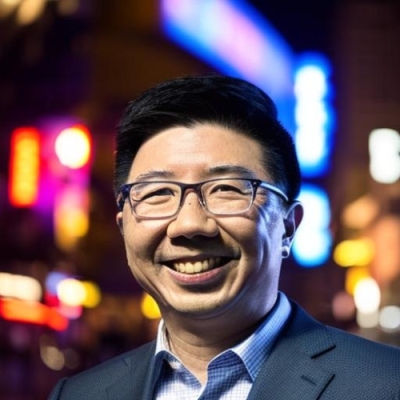Earlier this month, Stephen Sawchuk wrote a thought-provoking article in Education Week—part of a project called “Citizen Z,” which aims to examine the current state of civics education—highlighting a skirmish at Victory Preparatory Academy (VPA), a high-performing charter school here in Colorado. To protest the lack of extracurriculars and other elements of a traditional high school experience, VPA’s students sat down and refused to recite the school’s pledge. This led to an unusually forceful response by administrators: They reportedly suspended every student at the school, even those that did not participate in the protest. This was followed by a federal lawsuit filed by four parents and a former student alleging free speech and due process violations.
Although student demonstrations have a long history, schools continue to struggle with how to address them, in large part because the courts have not been clear on what the rules are. From students’ rights and voice to school safety and discipline, striking the right balance is often highly contextual, and decision points are seldom black or white. The VPA case is highly unusual, but it raises the larger question of what’s acceptable when it comes to schools and their enforcement of local policies.
As a onetime school principal, my primary goal was for every single young person in my school to be able to excel academically. Toward that end, we were unapologetic about the school culture that had to be cultivated and maintained. Codified in school handbooks, it put a premium on safety, order, and consistency. My students enjoyed many privileges, but voting on or protesting administrative decisions wasn’t one of them. I wouldn’t recommend this model for every school, but it was the right one for our purposes, and was part of the reason that our parents and families specifically sought out our school. As Dylan Wiliam likes to say, “Everything works somewhere; nothing works everywhere.”
From a policy perspective, I believe we must respect every school’s ability to maintain safety and order, especially in schools that families opt into. As another example, albeit one that’s not about protests causing disruption, but disruption at large, the Commonwealth of Massachusetts recently called out Roxbury Prep, a school co-founded by former U.S. Secretary of Education John King, for its high suspension rates. The irony of this episode wasn’t lost on my colleague Checker Finn, who wrote: “Regulators and do-good organizations that care about closing achievement gaps and expanding opportunities for needy kids ought not punish schools that do those things just because they maintain the very standards, both academic and behavioral, that make it possible to do those things!”
Which brings me back to VPA. The rap against the award-winning school is that it went too far in response to its student protesters. But if there was overreach, it was in extending the consequences to the innocent. Based on the lawsuit, there were students who honored VPA’s high expectations and were penalized anyways. Was this particular episode an object lesson in poor civics pedagogy? Or was the school simply protecting their own interest in ensuring an orderly environment? Herein lies the tension raised by Sawchuk that schools should both teach civics and model it. Given the abysmal outcomes of the district within which VPA is located—the first district ever taken over by the state of Colorado—the school might argue that critics should spend less time scrutinizing the practices that have allowed them to outperform their neighbors.
But this is where additional context is required. While VPA may share DNA (e.g., rigorous academics, school uniforms, and strict codes of conduct) with charters like Roxbury Prep and the school I founded, DNA alone isn’t determinative of a school’s success. VPA has a long history in its community, and during that time a pattern of questionable practices have emerged. Retired teacher and blogger Peter Greene wrote an informative piece on this topic last fall, tracking several cringe-worthy incidents, including one in which a parent alleges she was bullied by the school’s principal. For his part, the principal responded by saying VPA does not tolerate bullying, and that he believes the parent was trying to intimidate his staff.
Another controversy has since arisen, this one involving the cancellation of VPA’s graduation ceremonies. According to the school, it was prompted by security concerns—never to be taken lightly, given the tragic events in the region—related to incidents throughout the year. Some parents, however, interpret the cancellation as retribution for the federal lawsuit. We may never know definitively, but the optics, taken in sum, leave much to be desired.
To which one can only say that, though schools shouldn’t necessarily be run as direct democracies, what we’ve seen from VPA is nonetheless cause for concern. Sawchuk properly raises two questions: (1) Did VPA’s actions pass legal muster? And (2) did the school act in good faith in response to civic protest? But in light of the school’s turbid record outside of academics, there’s an additional question of whether its actions were ethically sound. It’s also fair to ask whether VPA’s reputation may create problems for Colorado’s charter sector writ large. These are thorny questions on top of the one that asks whether schools must model good civics practices, not just teach civics.
I remain conflicted on where to draw the line between schools’ interests and students’ rights. On the one hand, schools and civic development go hand in hand, and students do maintain some constitutional rights. On the other, current efforts strike me as over-caffeinated on activism and too blasé about what it takes to form a more perfect union. VPA might be an outlier, given its extremity, but the tensions on display are hardly unusual—and they illustrate the difficult road ahead if we are to cultivate in our children a sense of connection to the nation and its civic ideals.

